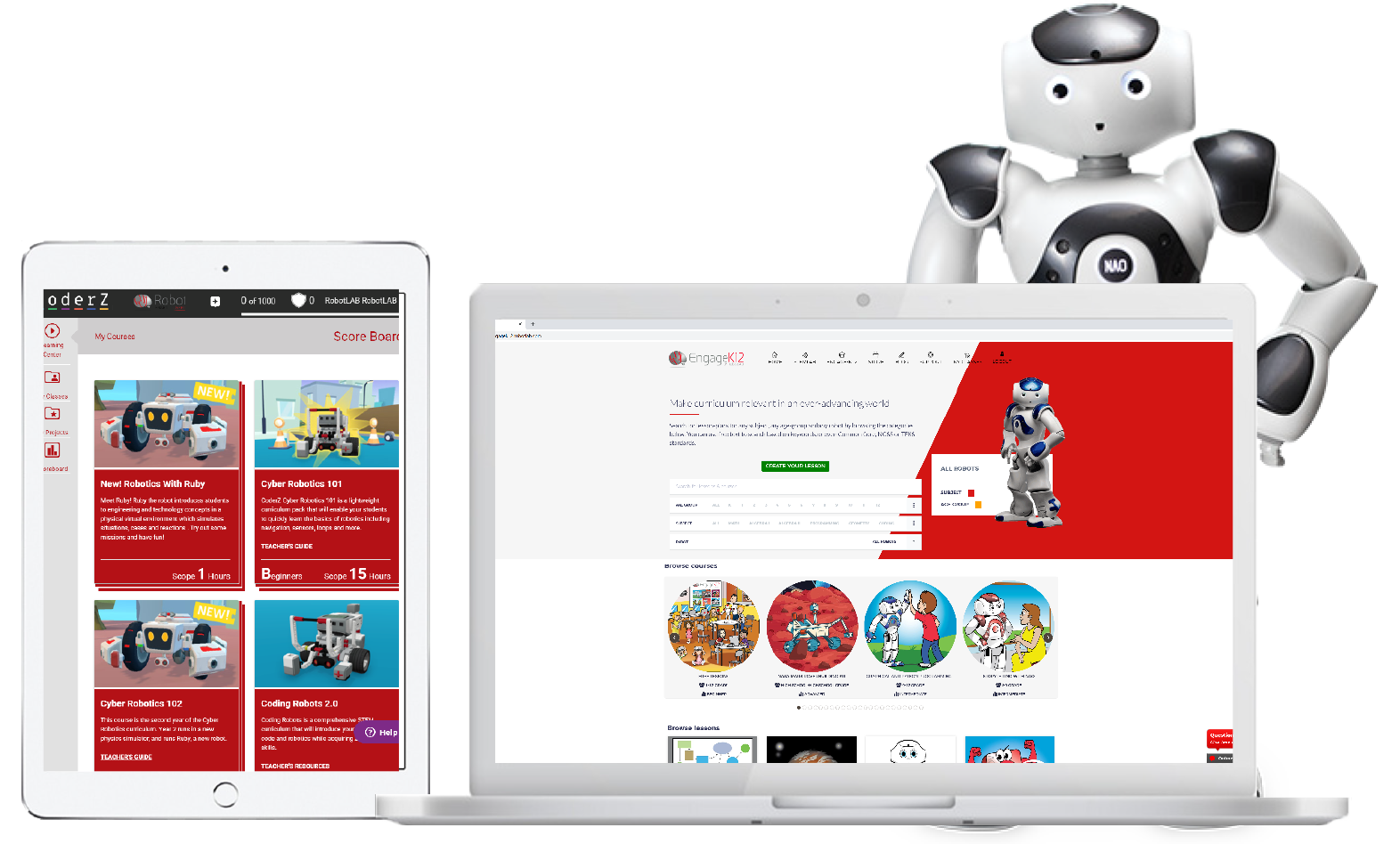By Chad Rei
 Image Source: https://unsplash.com/
Image Source: https://unsplash.com/
Virtual learning doesn’t have to be a headache—students can become engaged and absorb new information with a few key strategies.
While COVID-19 vaccines are now widely available, the Delta variant of the virus is raging across the country and forcing schools to navigate continued risk. Because of this, the virtual learning experience has lasted.
Educators, fatigued by tech challenges, student disengagement, reduced virtual attendance, and lower test scores, are worried. That said, virtual learning will continue for the foreseeable future because, still, no one knows what that future looks like.
Educators will have to focus on the advantages of the virtual classroom system, ways to improve virtual learning as a whole, and the quality of online education. By learning to engage virtual students in digital classrooms, educators will be able to build relationships with and teach students well–no matter what the world looks like as the rest of 2021 rolls on.
The challenging road ahead
What does the path for virtual students in digital classrooms look like as the pandemic continues? There are significant challenges ahead. State education budgets have plummeted alongside enrollment revenues, and communities fear the physical proximity of in-person learning.
That’s why it’s important to address the most pressing issues of the moment. Here are just a few:
Many students are offline. According to the National Education Association, about 25 percent of households with school-age children lack a computer, satisfactory Wi-Fi, or both. The numbers are even worse for economically disadvantaged students. Education leaders have noticed a drop in sign-ins, and the reasons behind this lack in participation remain unclear.
Building relationships with students virtually requires more effort. Schools have enlisted the help of as many adults as possible to stay accountable for virtual students in digital classrooms. And educators have resorted to using tools that most appeal to students, such as YouTube, podcasts, email, and texts. These efforts require more planning across the board.
Hybrid models are confusing and disruptive. Student schedules are often staggered to help reduce class sizes and maintain social distancing, but this leads to confusion and inconsistent routines. Almost 20 percent of districts are offering in-person instruction a few days per week, but these types of hybrid routines often fail because students need consistency to thrive.
Virtual learning creates learning gaps. Virtual school attendance has dropped across the U.S. because children either can’t focus on virtual classes or parents can’t supervise children full time while they work. Inevitably, failure rates have skyrocketed. In Houston, for example, 42 percent of students failed two or more classes in a grading period, compared with an 11 percent failure rate in a regular year. Virtual learning success rates vary across states, but education leaders need to take steps to improve virtual learning and move all students forward.
Improving virtual learning and the quality of online education
Although the challenges are significant, several success stories illustrate the advantages of virtual classroom systems. BYJU’S, a company that specializes in education technology and online tutoring, offered free live classes on its app this year and saw student use increase by 200 percent. Additionally, some school districts are partnering with media companies to improve virtual learning and offer low-cost access to educational resources and the internet. These initiatives foster community and build relationships with students virtually.
What these success stories make clear is that virtual learning is here to stay. Students rely on technology more than ever before, and it provides hands-on opportunities that help them learn information using their physical senses rather than simply memorizing materials.
As we continue on this virtual learning journey, here are a few other ways to engage students:
1. Connect students through a class website.
It’s important for educators to have a hub where students can meet, share resources, and download assignments. A class website should be easy for students to use and should clearly list homework assignments and due dates. Use Google Sites or other learning management software to get started.
2. Teach digital proficiency.
According to a recent study, only 2 percent of eighth-grade students in the U.S. reached the highest potential proficiency for online research. Considering how challenging online research can be for students who are new to it, educators should spend time developing these skills. This will enable students to complete research assignments more efficiently and effectively in the future.
3. Make chat rooms feel like classrooms.
It’s important to make the virtual student experience feel like a safe classroom environment. Many things have changed about students’ lives outside of school, so they need as much stability as they can get. Classroom traditions play an important role in this. If there is a classroom pet, for example, teachers can bring the pet to one of the daily video calls with students. Making familiar experiences part of virtual learning strengthens the process.
4. Take advantage of digital group projects.
Group projects help students learn how to work together, so teachers should incorporate group work into their lesson plans whenever possible. While it’s tough to navigate group projects online, they are doable. For instance, teachers can create virtual breakout rooms and separate students into sections. They can also use cloud-based programs, such as Google Docs, to foster collaboration. These methods give students fun, interactive ways to discuss assignments.
The future of virtual learning is uncertain, but educators and administrators should be prepared to use it for quite some time–at least for the immediate future. Digital classrooms will still be around for months to come because they make learning accessible while providing a way for educators to pivot in these continuing hard times.
Take the time to improve the virtual learning environment in your class to achieve better results, both for yourself as a teacher and for your students. It will make getting through the pandemic together that much better.
Learn more about Virtual Learning with RobotLAB and EngageEDU

For over a decade, RobotLAB is leading the Educational Robotics market with an innovative approach that makes Robotics and VR truly useful in the hands of educators. Our passionate team will guide you from point A to Z and beyond.


